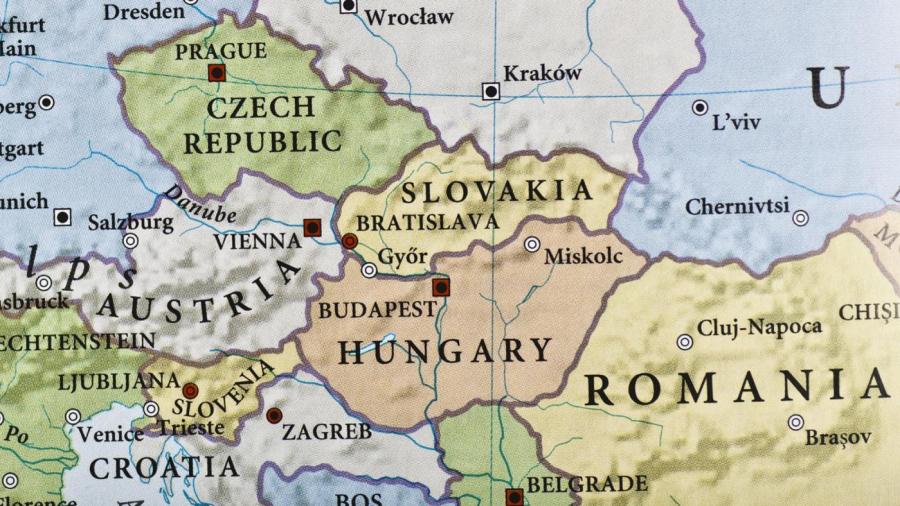What Countries Are Slavic?

The 13 countries considered to be official Slavic states include the Czech Republic, Bosnia, Serbia, Poland, Slovakia, Belarus, Russia, Ukraine, Bulgaria, Macedonia, Croatia, Slovenia and Montenegro.
Slavic is actually an umbrella term encompassing many different ethnicities, cultures and languages. Slavic nations, however, are typically defined by their languages. Slavic-speaking communities comprise over half of Europe’s territory. Many of the countries that are considered Slavic today were a part of the former Soviet Union.
Although labeled by a common term describing their heritage and language, not all Slavs are united. In fact, many deep-rooted skirmishes between ethnic Slavs have ignited wars resulting in divided nations. For example, the former Yugoslavia is now several different countries following years of ethnic fighting.
The Slavic languages themselves are defined by religious association. Traditionally Orthodox nations use the Cyrillic alphabet, while the nations with predominantly Roman Catholic populations use Latin or Romance languages. Generally, western Slavic nations tend to be more Catholic, while eastern Slavic nations belong mostly to the Eastern Orthodox Church. In addition to the formally accepted Slavic nations, many people of Slavic heritage have established significant cultures within non-Slavic nations, particularly following the disbanding of the Soviet Union and fall of communism.





